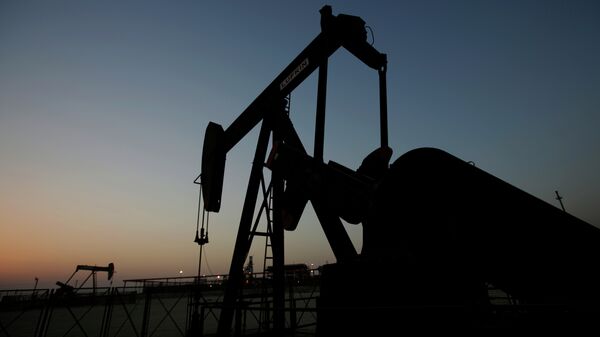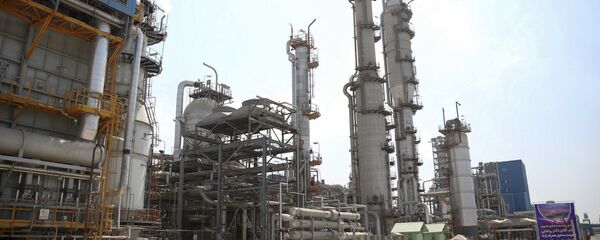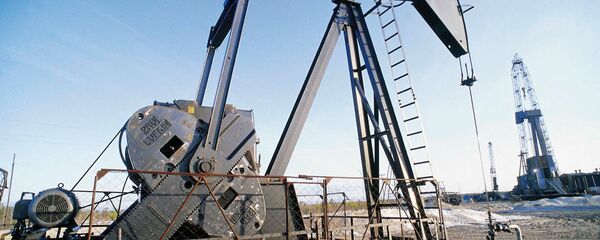Kristian Rouz — US shale drillers appear to be facing the same old problem: declining oil prices. Several top producers of shale oil said they have downgraded their spending plans for the next year as US oil (WTI) recently plunged below $50/bbl after the worst quarter in roughly four years.
Shale producers, most notably, working in North Dakota's Bakken oilfield and Texas' Permian Basin, said the recent 40-percent decline in oil prices and the mounting concerns of oversupply have prompted them to review next year's budgets.
This comes as US oil production was set to exceed 11 million bpd next year, surpassing the output of such oil giants as Russia and Saudi Arabia. However, these plans could now be in jeopardy, as several major American producers have said they will abandon plans to commission additional oil rigs in the coming months.
READ MORE: Moscow Explains What's Behind US Sanctions Over Alleged Oil Supplies to Syria
Earlier this week, Centennial Resource Development, Diamondback Energy, and Parsley Energy said they will cancel their plans to add new oil rigs.
"You're really seeing folks pull back on extra spending, pull back on extra drilling and focus on being resilient", Matt Gallagher, president of Parsley Energy, said.
For its part, Centennial went as far as saying it will abandon its 2020 output target due to the weak demand for oil and infrastructural hurdles — particularly, a lack of pipeline capacity across North America.
However, economists say $50/bbl oil won't kill or significantly damage America's shale industry. But they also say a $40/bbl oil might do just that.
"When you get down below $40 a barrel in the Permian, you are talking about a potential recession in a sector that you probably never ever thought might be prone to a recession in 2019", Tom Kloza of energy research firm OPIS said.
Such dynamics are highly reminiscent of the struggle that US shale drillers faced back in 2015-2016 when a collapse in oil prices weighed heavily on their operational profitability, investment plans, and longer-term sustainability.
"Realised pricing in the Permian Basin is near levels not seen since the end of 2016 while service costs have increased by about 35 percent during the same time period", Travis Stice, CEO of Diamondback, said in a statement. "If commodity prices continue to decline, we will further reduce activity to match our budget to expected annual operating cash flow".
READ MORE: US Reviewing Anti-OPEC Bill as Trump Urges Saudis to Lower Oil Prices — Reports
In North Dakota, economists say, the discount is even greater due to a more severe lack of pipeline takeaway, with some drillers even willing to pay for somebody to take their oil.
"Those are really weak numbers, and they're not very good for people who had debt… as well as operations there", OPIS' Kloza said.
However, not everything is quite as murky for shale drillers. Some of these companies have pursued smarter long-term strategies by reducing their exposure to leverage. Such companies are now feeling a bit better about themselves.
"If you're producer that drilled a long time ago and has some mature assets and doesn't owe any money to private equity, it's not that big of a deal. But they're not real happy about it", Kloza said.
This is an alarming situation, in particular, because it could affect the earnings of oil industry professionals. Over the past year, multiple reports have suggested, blue-collar jobs in oil-producing parts of Texas and North Dakota saw a 100-percent increase in pay, with some salaries having surpassed $100,000 per year.
READ MORE: US Firms to Exit Oil Field Poised to Decrease EU Dependence on Russia — Report
Additionally, lower fuel prices could affect the US inflation rate as well, which — if it falls below the Federal Reserve's 2-percent target — could derail the central bank's current tightening cycle. This could bring a recession closer.






